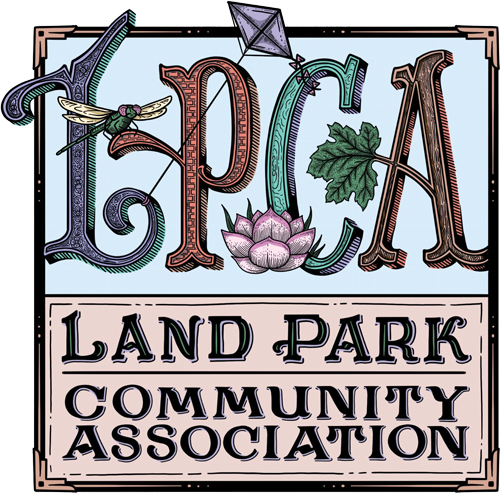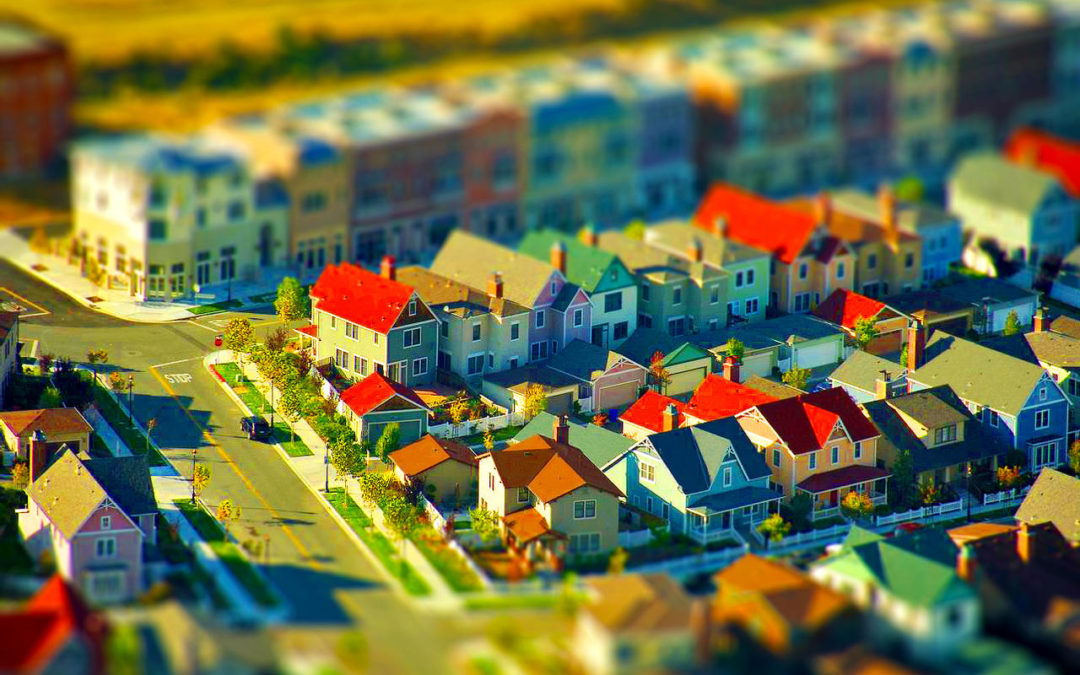Sacramento neighborhood advocates spent much of 2020 on ZOOM calls with city members about the future of Sacramento. One area of concern is the General Plan 2040 proposal to reshape single-family neighborhoods. We, the Land Park Neighborhood Association are working to address this issue on behalf of our community and will provide more information in these next few days. Until then, below is a letter the Elmhurst Neighborhood Association (ENA) sent to their City Councilmember in response to the proposal to re-zone all single-family homes into multi-unit complexes.
Dear Councilmember Guerra-
Several members of the Elmhurst Neighborhood Association (ENA) board met with Sacramento City Planners Matt Hertel and Remi Martinez on December 22, 2020 about the proposed General Plan 2040 provisions that would eliminate single-family neighborhoods in Sacramento.
Specifically, the proposed plan would allow for duplexes, 3-plexes and/or 4-plexes to be built on any or all lots in Elmhurst and any single-family neighborhoods in Sacramento. This would be the beginning of the end of single-family neighborhoods as developers would be able to convert any or all single-family houses to multi-family structures regardless of impact on the neighborhood.
The proposed General Plan also includes the adoption of floor area ratios (FARs) to allow for building square footage to be equal to the lot’s square footage. On a typical 5000 square foot lot in Elmhurst, buildings could be 5000 square feet, typical houses in the neighborhood are now well under 2000 square feet. The city planners said lots would still have set-back and lot coverage provisions, but we are well aware that such provisions can be and are waived through variance requests. We have seen that in new construction in our own neighborhood.
If the General Plan is adopted with these provisions, single family neighborhoods would disappear, turning into denser multi-family neighborhoods with aggravated parking and traffic problems because existing narrow streets cannot accommodate the increased parking and traffic that would result from higher densities. This means that people who want to live in single-family neighborhoods will move to the foothills and other lower density areas increasing commuting and its concomitant carbon use and air pollution that is antithetical to the goal of reducing the carbon footprint.
We were told these proposed changes would reverse redlining and segregation caused by CC&R’s, which decades ago prevented sales of homes to non-whites in Elmhurst and other neighborhoods. Housing discrimination on the basis of race has been illegal in California since 1966 when the California Supreme Court overturned Proposition 14 that had legally allowed such discrimination. Eliminating single family neighborhoods will do nothing to address past practices of redlining or racially restrictive CC&R’s. In fact, it would reduce homeownership opportunities for all racial and ethnic groups because the new proposed duplexes, 3-plexes, and 4-plexes in all likelihood will mostly, if not entirely, be rentals. These provisions would become another form of exclusionary zoning – one that excludes people from becoming single-family homeowners or living in single-family neighborhoods because its goal is to eliminate single-family homes and neighborhoods.
Another false claim is that eliminating single-family neighborhoods will create affordable housing. This is a fallacy that is quite evident in our own neighborhood where the newest and highest density development, the GIO building has, if not the highest, among the highest rents in the neighborhood. It is further readily apparent in downtown and midtown where the scores of new multifamily units have high rents.
Elmhurst, Oak Park, Tahoe Park, and other neighborhoods are particularly vulnerable because of their proximity to the UC Davis Medical Center that is planning significant expansion through Aggie Square, the new eye center, and other development. Under the proposed plan, investors would be allowed to convert or tear down existing single-family homes and make them into rental multi-family units, significantly increasing density, parking, and transiency. Those who bought single-family houses in these neighborhoods with the understanding that they would continue to be single-family will now be thrown under the bus for bad public policy to wipe out single-family neighborhoods.
Houses are being flipped in Elmhurst and other neighborhoods all the time. At least in our neighborhood these are being flipped to single-family homes that are in high demand. If the General Plan 2040 provisions are adopted, we can expect that some, if not many, of these will be flipped to multi-family units creating densities that will adversely affect the quality of life in our neighborhoods.
What these proposed provisions do is take away control from homeowners and give it disproportionately to investors who don’t live in the neighborhood but would be allowed to shoe-horn in multi-family buildings with no regard for impacts on the neighborhood. Single-family home ownership and long-term renters promote neighborhood stability and quality of community that has been a cornerstone of Sacramento. Single-family neighborhoods need to be protected and nurtured, not destroyed.
We recognize that higher density housing needs to be available, but so do housing options, including single-family. Further, when higher densities are planned as part of infill new developments, they can be better accommodated with street width and other features that are incorporated into the design.
If existing single-family neighborhoods are eliminated through the city of Sacramento’s General Plan, the reality is that single-family homes will become out of reach economically for more and more people. Eventually only the wealthy or very wealthy will be able to afford single family homes, which will most likely be located further and further from the city, some in gated communities.
We do not believe that most residents in Sacramento’s existing single-family neighborhoods want these changes. We also don’t believe that most people are aware of the drastic changes being proposed.
We want to meet with you on this and urge you to meet with other neighborhood associations in your district.
Please contact us to set up this meeting as soon as possible.
Sincerely,
Elmhurst Neighborhood Association Board

